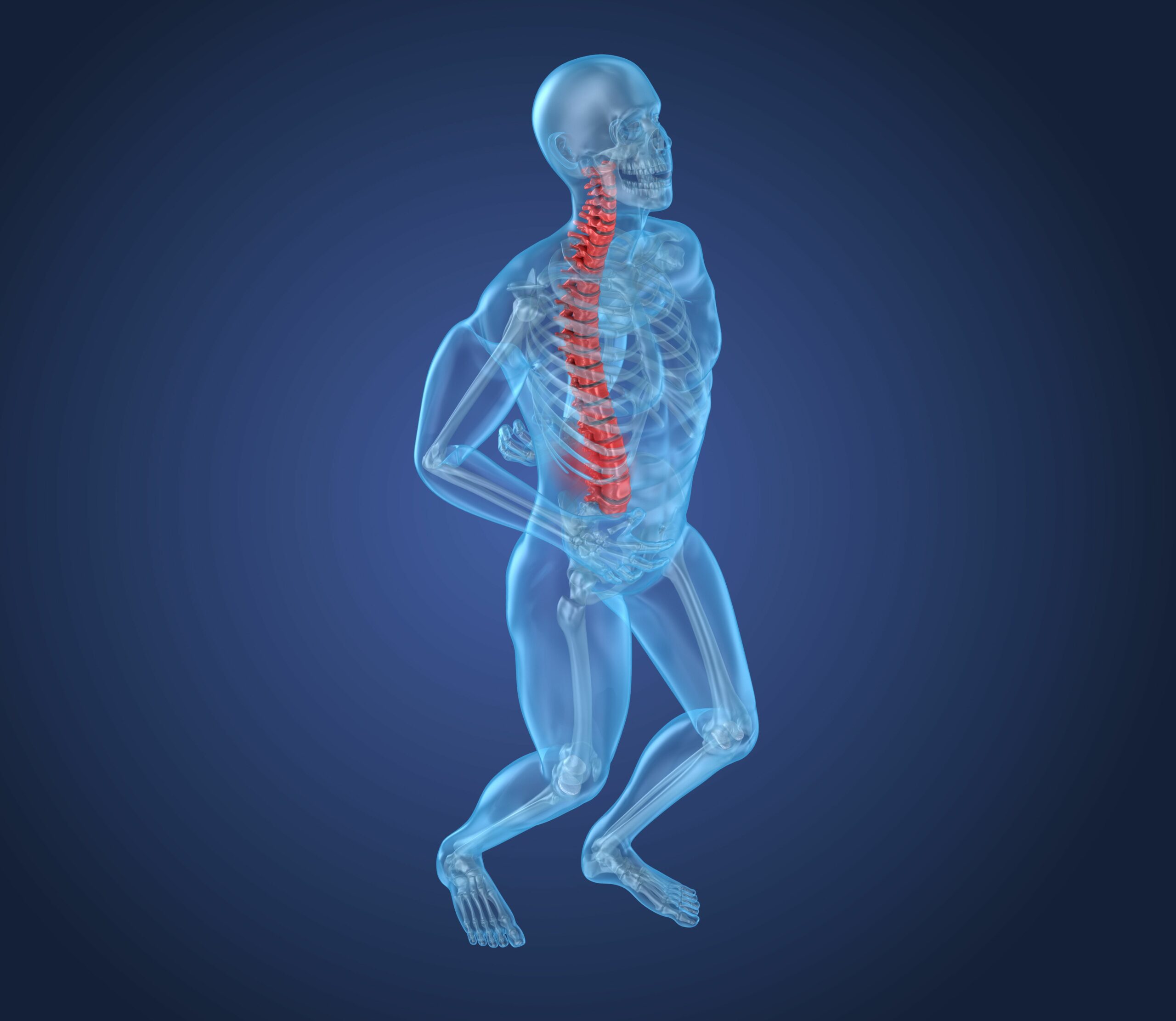
A spinal cord injury often brings physical, emotional, and financial challenges. Victims may face long hospital stays, physical therapy, or permanent changes in mobility. When someone else’s careless actions cause this kind of harm, you have the right to pursue a personal injury claim.
At Joye Law Firm Injury Lawyers, we understand how devastating a spinal cord injury can be for individuals and families in Columbia, South Carolina. These injuries can affect every part of a person’s life, from daily routines to long-term goals. Since 1968, our law firm has helped people across South Carolina recover financial compensation after life-changing accidents.
At Joye Law Firm, our attorneys don’t just practice law; they help shape it. Many members of our team have held prominent leadership roles within the South Carolina Association for Justice (SCAJ), the state’s premier organization for trial lawyers advocating for the rights of injury victims and working families. Among them, Partner Mark Joye and Sydney Lynn, Supervising Attorney of our Columbia office, have each served as President of SCAJ, reflecting the respect they’ve earned from their peers statewide.
Conveniently located on Main Street in downtown Columbia, our Midlands spinal cord injury attorneys offer legal representation to help you seek the maximum compensation for your medical costs, lost wages, and other damages. Our award-winning team handles the legal process so you can focus on your recovery. If you’ve suffered spinal cord damage due to an accident, don’t go it alone. Just call Joye today for a free consultation. We’re here to help you understand your options and move forward with confidence.
Why Legal Representation Matters After a Spinal Cord Injury in Columbia
After a spinal cord injury, medical bills start to pile up quickly. Hospital stays, surgery, rehabilitation, assistive equipment, and medication all carry high costs. You may be unable to work while recovering, which could result in lost income during an already challenging time. Insurance companies often don’t offer fair settlements, particularly when long-term care is involved.
That’s where experienced legal representation can make a difference. At Joye Law Firm, we work with spinal cord injury victims in Columbia to make sure they understand their rights under South Carolina law. We handle the legal paperwork, deal with the insurance company, and pursue compensation for every dollar you’re owed.
We know physical pain is only part of the damage. Spinal injuries often cause emotional distress and highly affect quality of life. These effects should be considered in your personal injury claim. Our team thoroughly reviews every case and provides clear, honest guidance throughout the legal process. We are here to alleviate your stress, protect your rights, and help you obtain the financial support you need to move forward with your life.
Case Studies
$175,000 Workers’ Compensation Settlement for Forklift Driver with Cervical Spine Injury
A hardworking forklift driver was struck in the neck by an industrial bar while loading a semi-truck, resulting in a severe spinal cord injury. Before contacting Attorney Sarah Khouri of our Columbia office, he endured episodes of pain so intense he described feeling temporarily paralyzed. Sarah fought for a second medical opinion, ultimately leading to a multi-level cervical fusion surgery. Her advocacy secured full coverage through workers’ compensation and established his eligibility for total and permanent disability, culminating in a $175,000 settlement representing 500 weeks of benefits.
$1,000,000 Settlement for Man Injured in Truck Crash
Our client suffered serious spinal trauma, including disc protrusions and spinal cord compression, after being rear-ended by a commercial semi-truck. Attorney Robert Howell pursued all available coverage from the trucking company’s insurance policy, negotiating a $1 million settlement to compensate for our client’s medical treatment, lost income, pain and suffering, and anticipated future care.
Confidential Settlement in Defective Product Case Resulting in Paralysis
A young woman was tragically paralyzed from the neck down after being ejected from her vehicle due to a defective product. Her family turned to Attorney Mark Joye, who took on a high-stakes case against General Motors and Saturn. After years of litigation and negotiation, Joye secured a confidential settlement that helped the family cover her extensive medical needs and ongoing care, while also holding the manufacturer accountable and pushing for safety reforms to protect others from similar harm.These cases demonstrate what’s possible when skilled legal advocates fight relentlessly for their clients. If you or a loved one has suffered a spine injury, contact Joye Law Firm today to learn how we can help.
Understanding Spinal Cord Injuries: Causes and Types
A spinal cord injury occurs when the nerves in the spinal cord are damaged. These injuries can be either complete or incomplete. A complete spinal cord injury means the victim has lost all feeling and movement below the injury site. In an incomplete spinal cord injury, some movement or sensation remains, but the effects can still be life-changing.
These injuries often happen suddenly and without warning. The most common causes of spinal cord injuries include:
- Motor vehicle accidents
- Slip and falls
- Workplace injuries
- Sports accidents
- Violent acts
When spinal cord tissue is damaged, it can affect areas ranging from the pelvic region to the upper back and lower body. In many cases, victims suffer permanent paralysis or partial paralysis.
Spinal cord injuries are considered catastrophic injuries because they usually lead to long-term or permanent damage. Recovery often requires ongoing medical treatment, physical therapy, and significant lifestyle adjustments. It’s important to seek immediate medical attention after any accident that may have caused damage to the spine.
If your injury was caused by someone else’s careless or reckless behavior, legal action may help you recover compensation for both your current and future needs.






